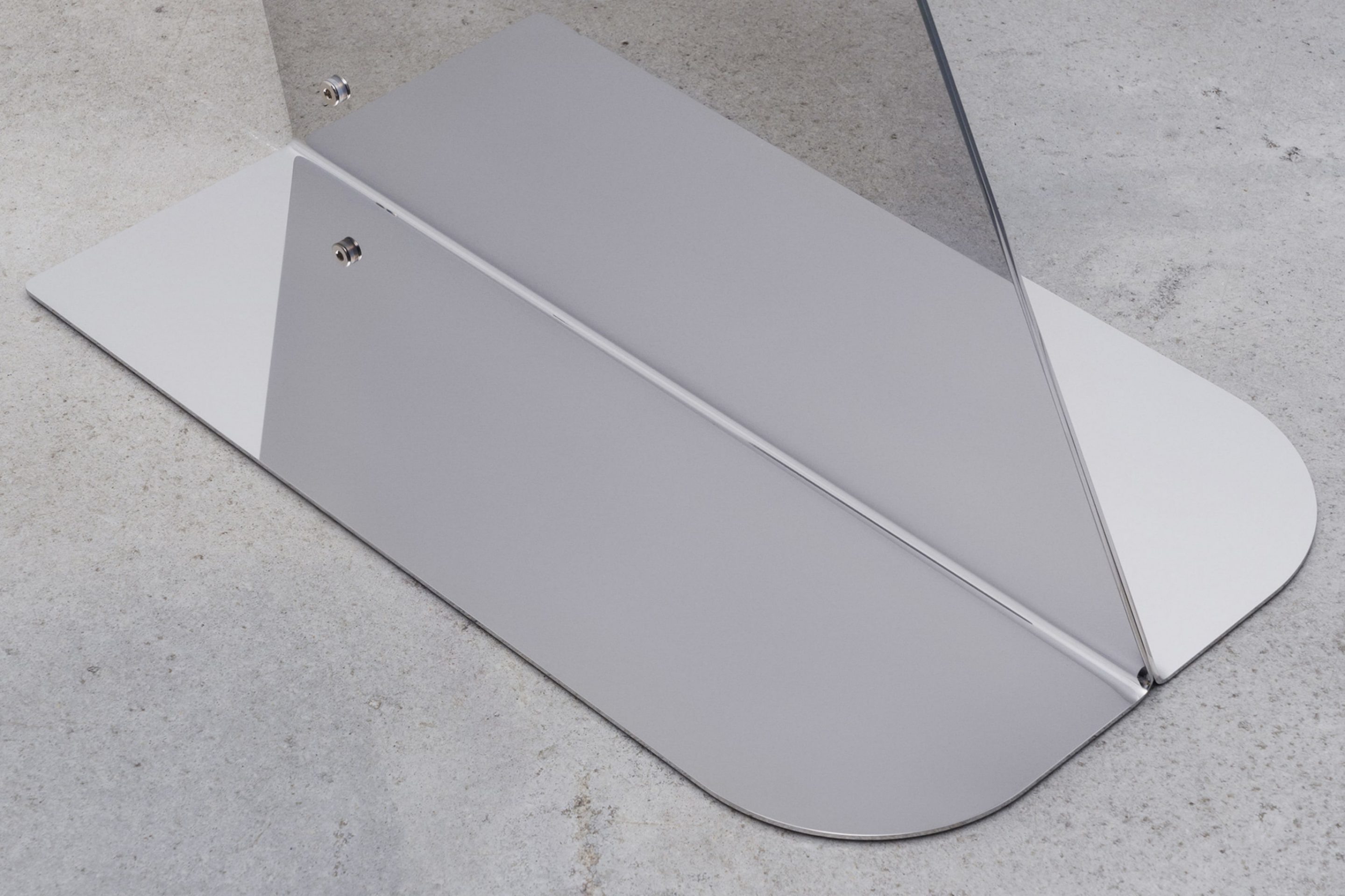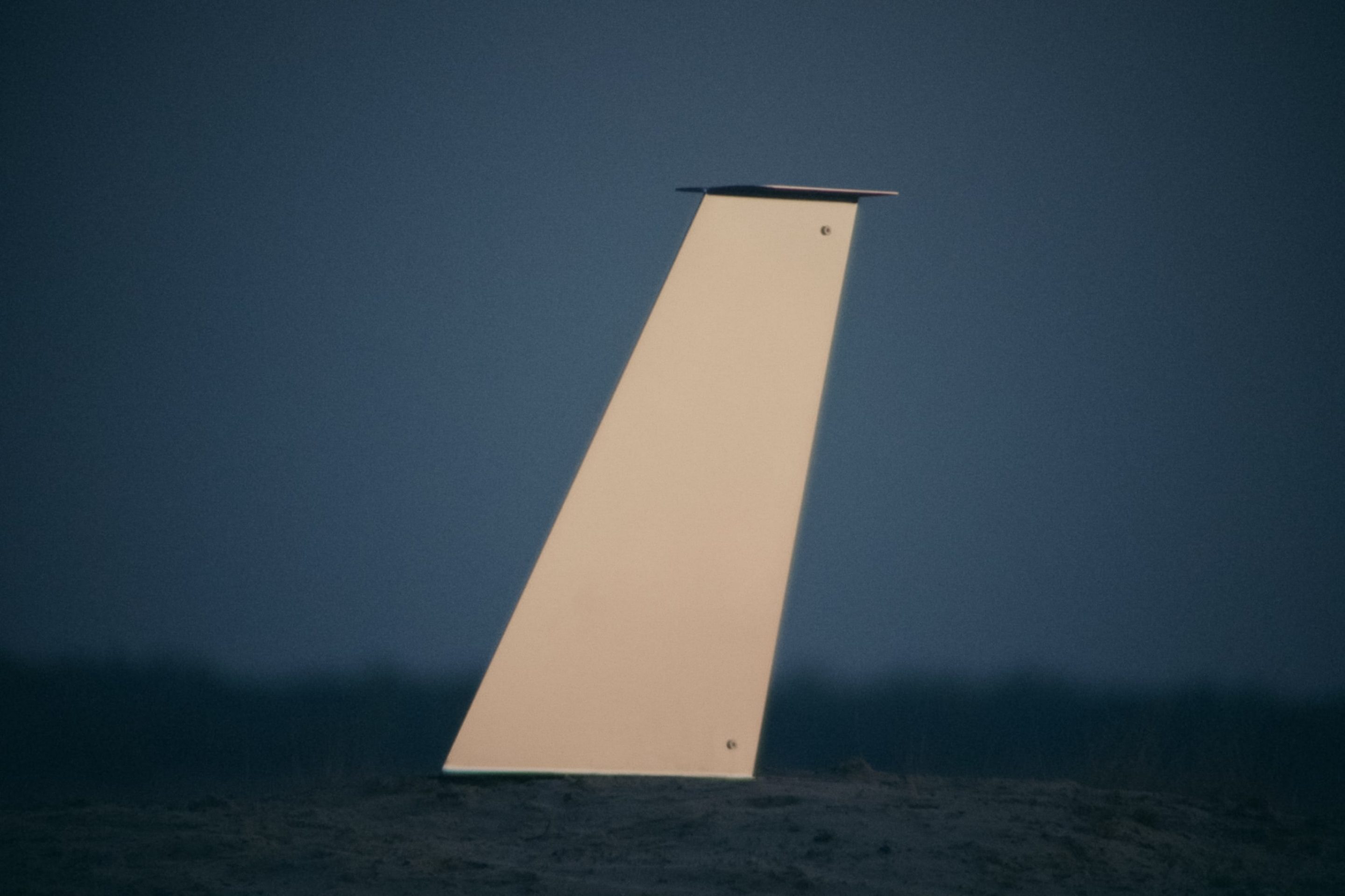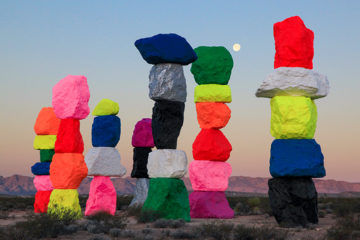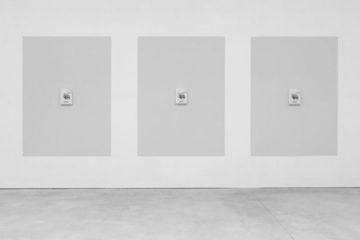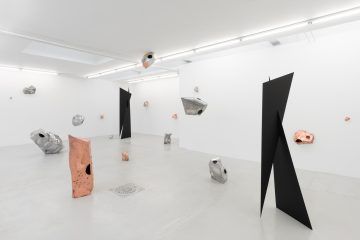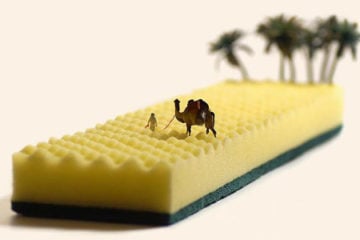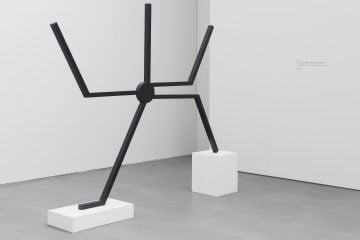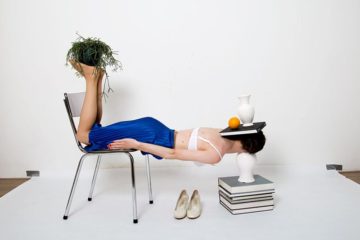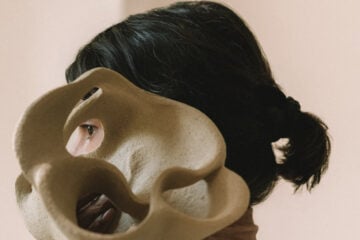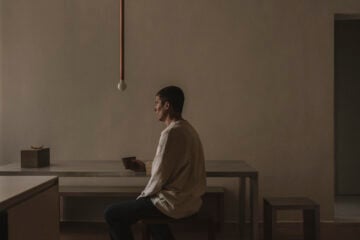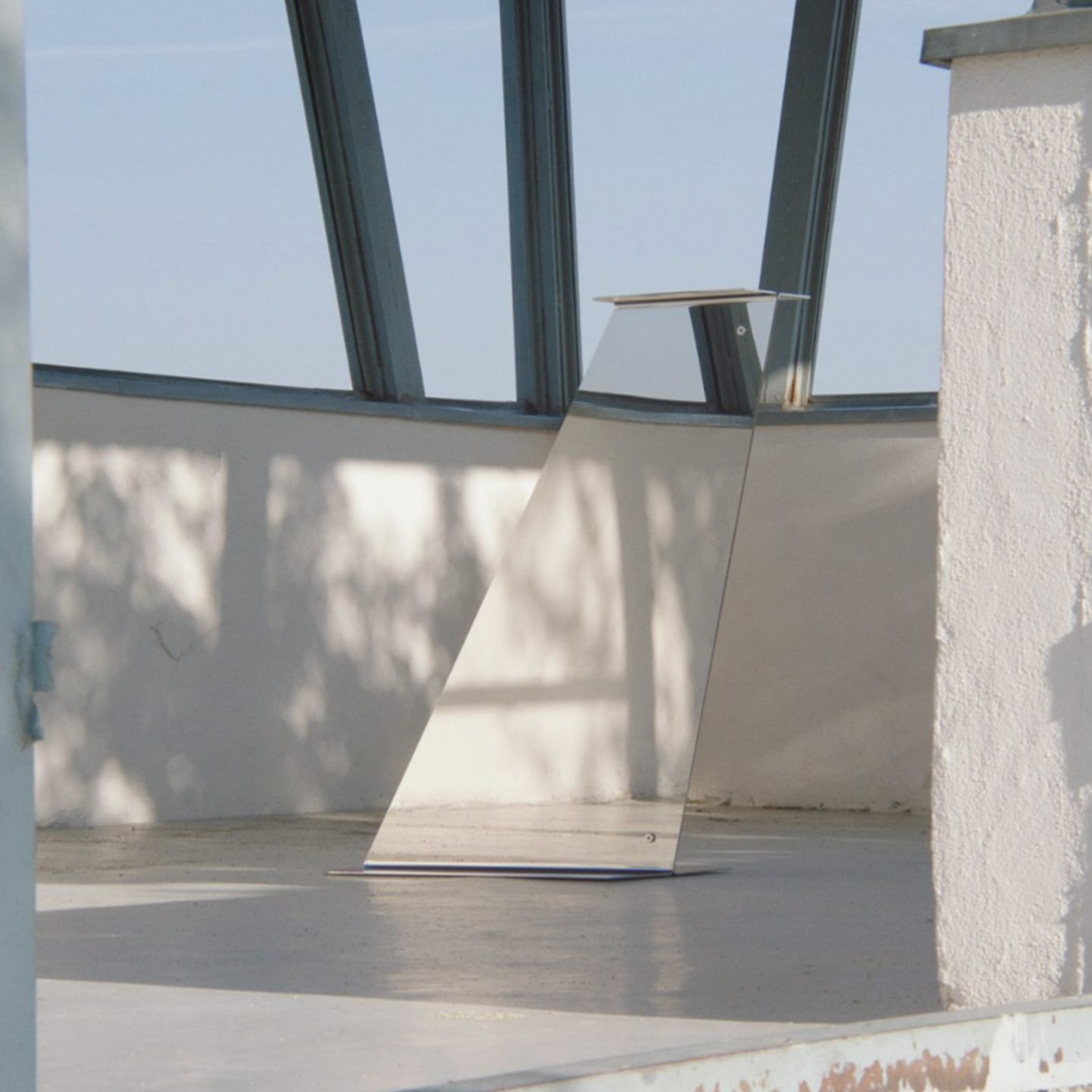
Acte TM’s New Sculptural Artwork Reflects On The Possibilities And Desires That Move Us Forward
- Name
- acte TM
- Project
- IBICF - VS01 (Vertical Stabilizer 01)
- Images
- Phillip Koll
- Words
- Devid Gualandris
The advent of human flights is one of the most remarkable achievements of humankind–it has brought a new level of speed and efficiency to travelling as well as thrilling experiences that opened up a new level of globalization making our world small while connecting it. With borders closed and air traffic at a standstill for the past 18 months, the way we travel may have changed forever. With their latest artwork, Berlin-based artist and studio acte TM celebrates our boundless possibilities and our desire to flight, soar, and hover, with a unique artwork that looks back while flying forward.
Founded by Sascha Huth and Philipp Groth in 2018, acte TM has a profound commitment to innovative design solutions and boundary-pushing technology at its heart. Undertaken through a collaborative working methodology, the studio has an absolute dedication to artistic thinking, to the visual and tactile potential of materials and craftsmanship, and to the value of emotional design. Highly celebrated in Berlin and the international creative scene, their projects have a distinctively progressive and cross-disciplinary nature. “Our work covers a broad scope, ranging from object art, video installations, photo productions, but also designing garments,” the studio explains in a statement, adding that “our concepts are variable, the material and medium of a tool can always change at the end of the day.”
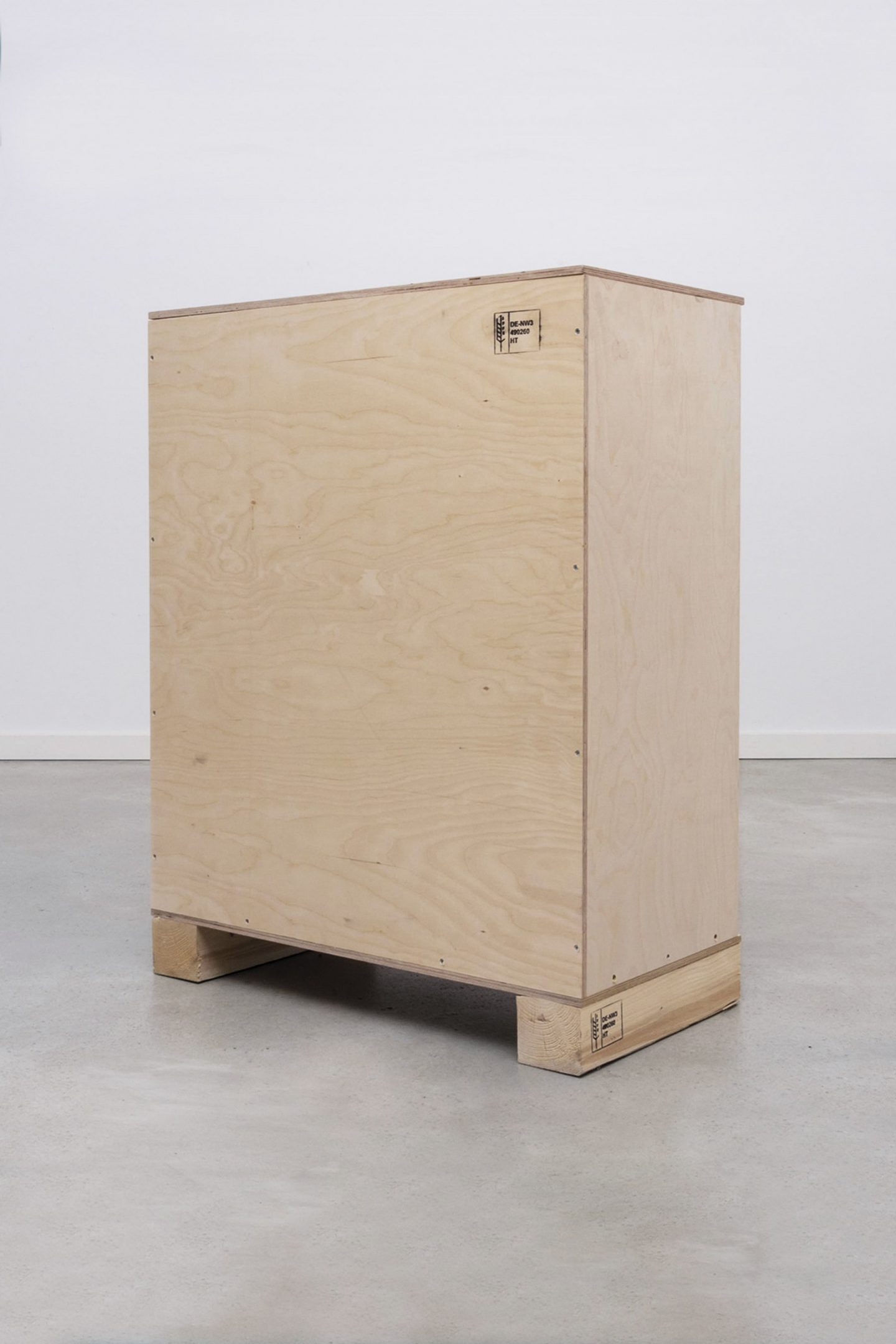
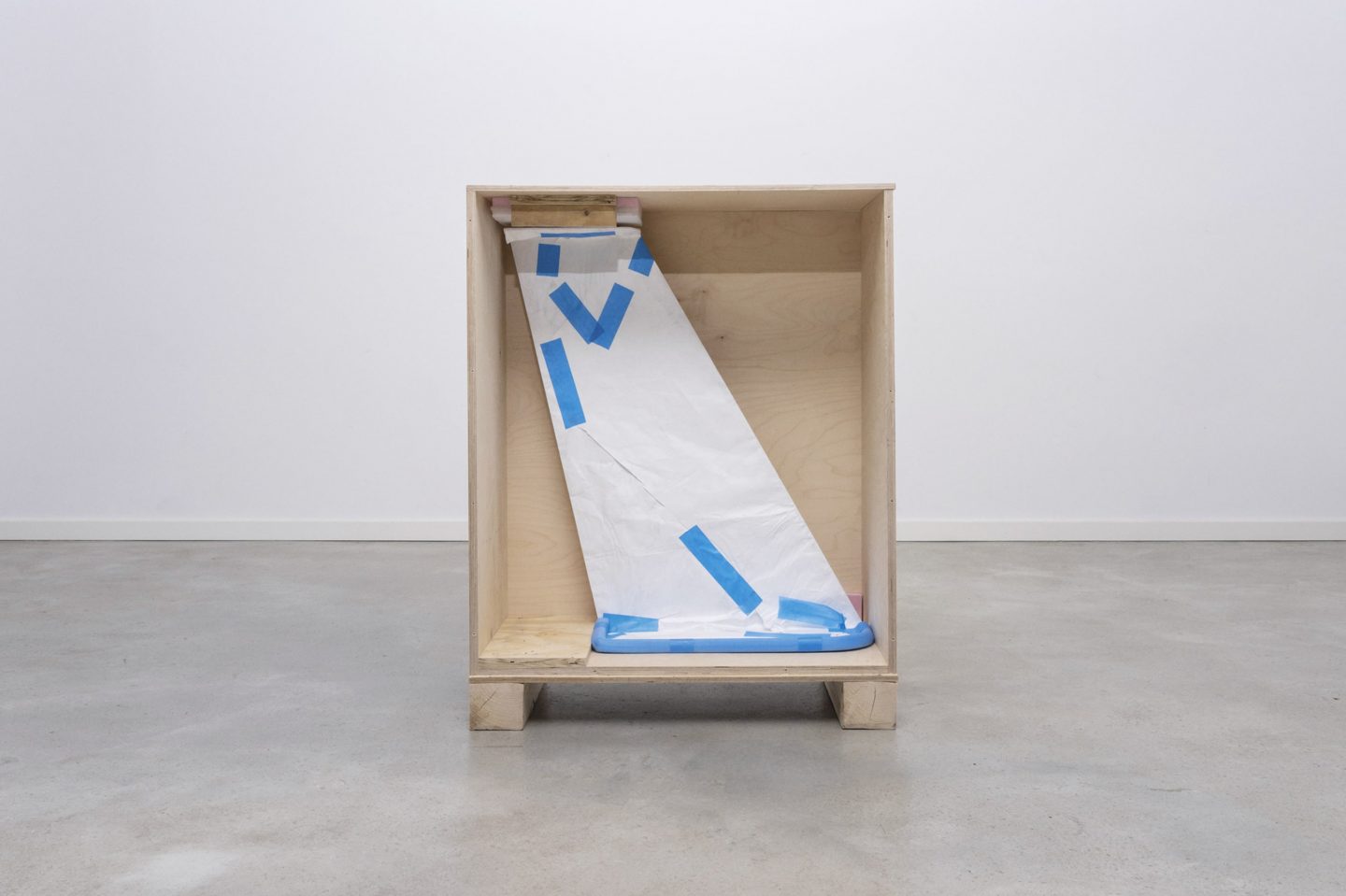
The industrial object addresses the connections between artistic creation and the world we live in
Directed by cofounder Huth and set to be displayed at Berlin’s renowned exhibition space König Galerie, their latest creation is ‘VS01 (Vertical Stabilizer 01)’; a sculptural artwork part of their ongoing IBICF series resembling a vertical stabilizer—the control surface on the tail of airplanes, helicopters, and other aerodynamically steered machines, whose distinctive fin-like shape improves the directional stability of the vehicle. Made from polished stainless steel and available in a 11-pieces limited edition, the industrial object addresses the connections between artistic creation and the world we live in, while giving viewers space to acknowledge moments of transition and reflect on the emotions that have shaped our experiences of the present and past year—the fin as an object of the zeitgeist, of the COVID-19 immobilized movement and the shifts it catalyzed, but also of progress, hope, and change.
With its ever-changing and reflective mirror surface, the artwork functions as a fleeting record of our surroundings, in which images appear and disappear, just to reappear—a glance at our past but also an anticipatory view of what is yet to come, of places we haven’t been to. We chat with co-founder Sascha Huth from his Berlin office to learn more about the motivations behind the astonishing stabilizer and comprehend the studio’s aim to utilize art as a tool to reinforce society, and transcend creative and social boundaries.
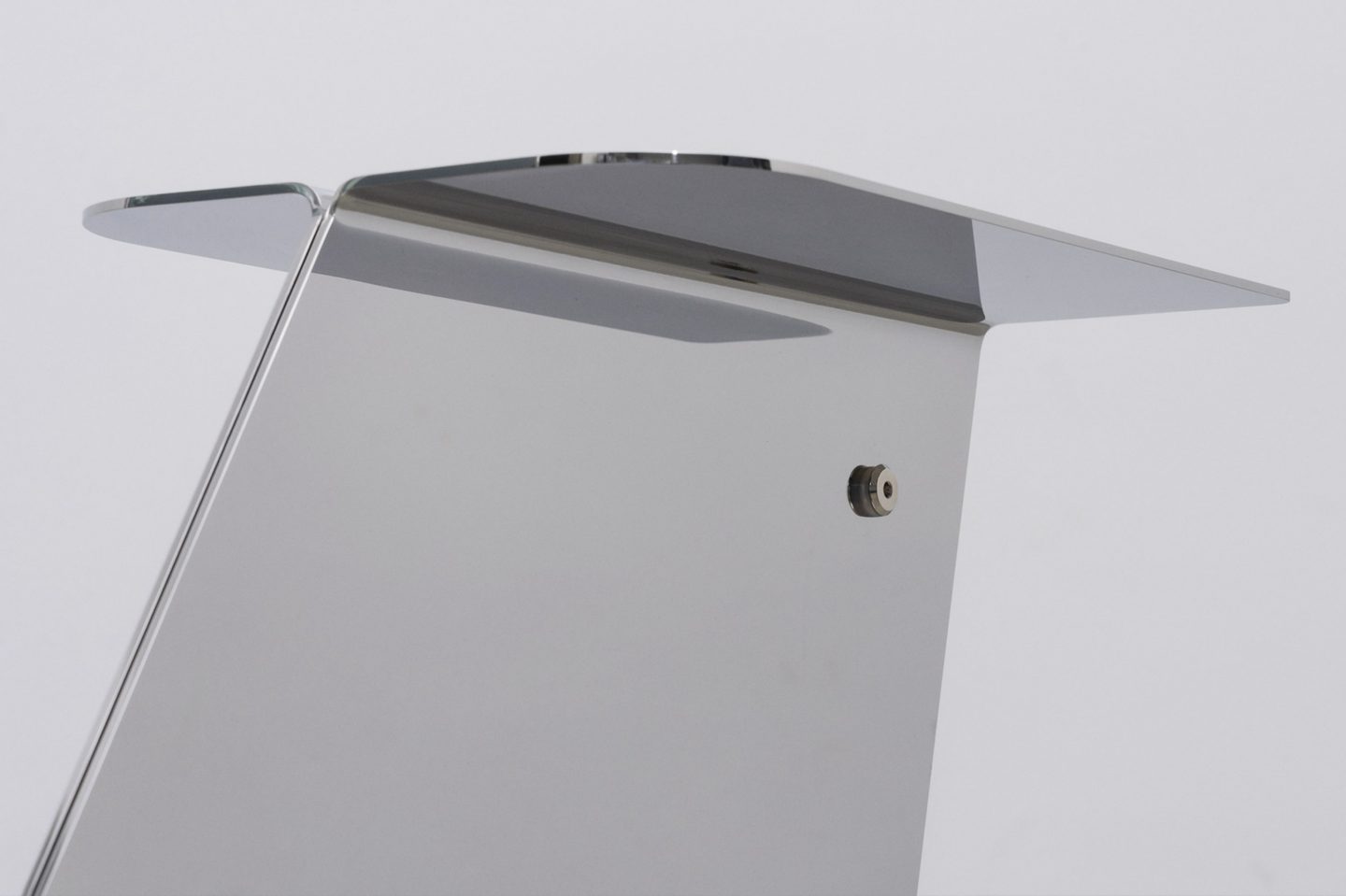
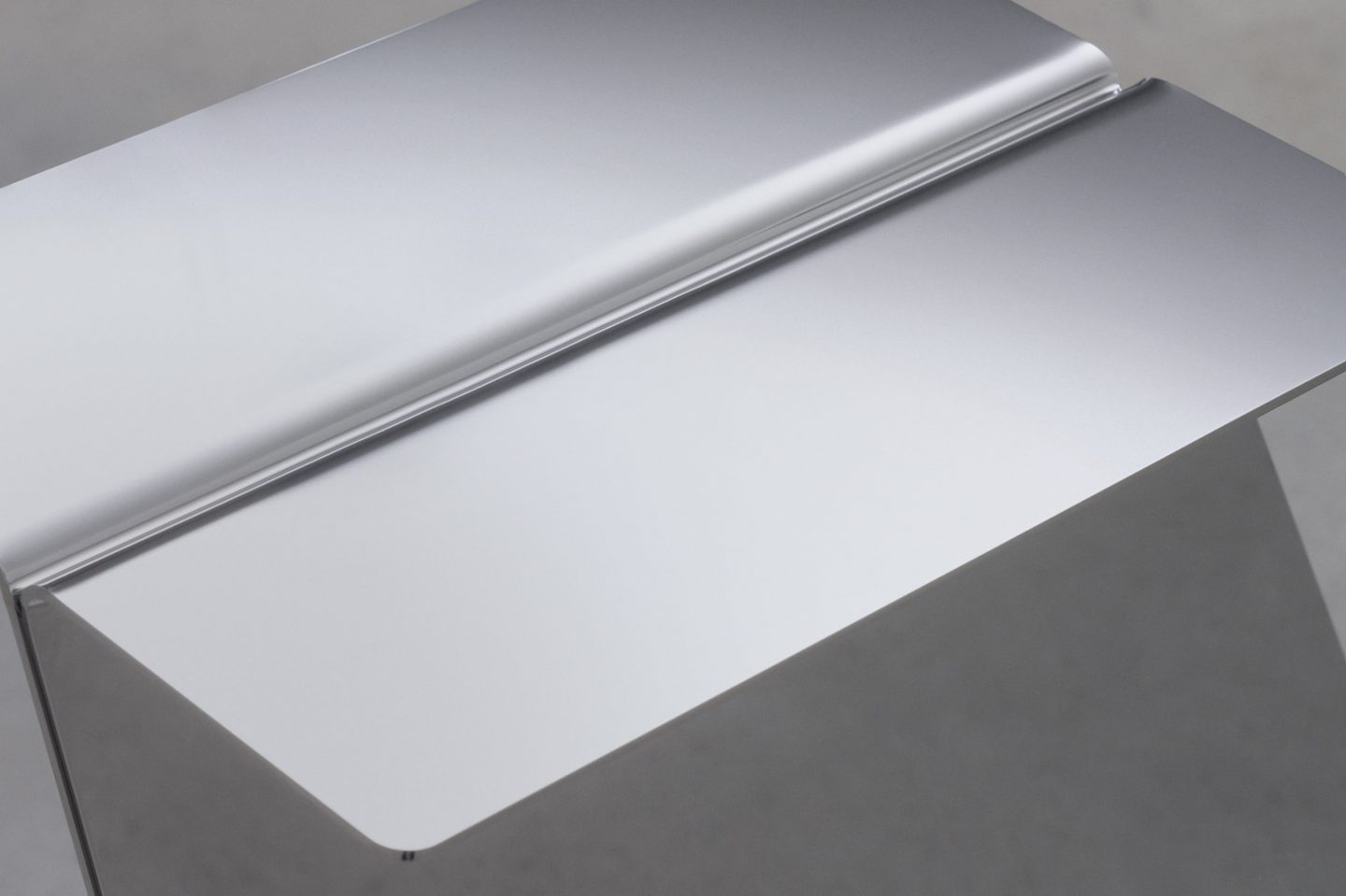
Can you tell us how this project was born and what engaged you most in its realization?
The object was born in early 2021. You could definitely say it’s a latecomer and some sort of object birth of the first lockdown. I wanted to create an object that reflects today’s zeitgeist of distance, boundaries, and relationship through a simple formal language. Through the directions and lines the object provides and the clear relation to a technical functional component it represents speed, balance, distance, freedom, self-reflection, and space to communicate.
You have worked with art and industrial design before. How does this project represent the natural development of your philosophy?
IBICF comprises a vertical stabilizer in its most archetypal form; a very industrial object. In its present realization, it is physical while actually being technically non-functional. To me, the emotional function is at its center; it is not a purely technical component. I have always been interested in technical industrial components, but I wanted to charge its original and primary technical context with emotion through a sculptural transformation. This is part of my functional focus or mission I intend to integrate into my free artistic work.
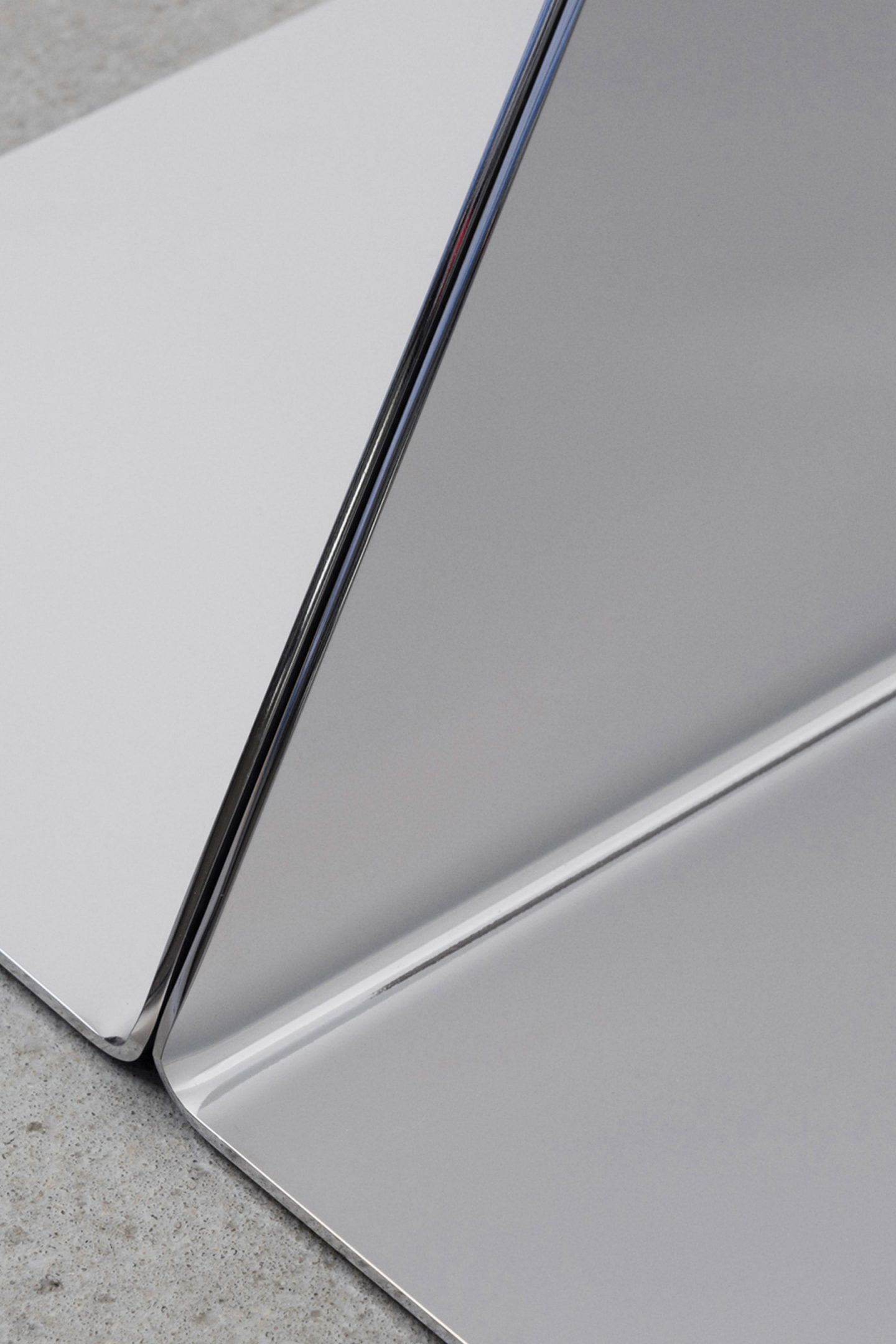
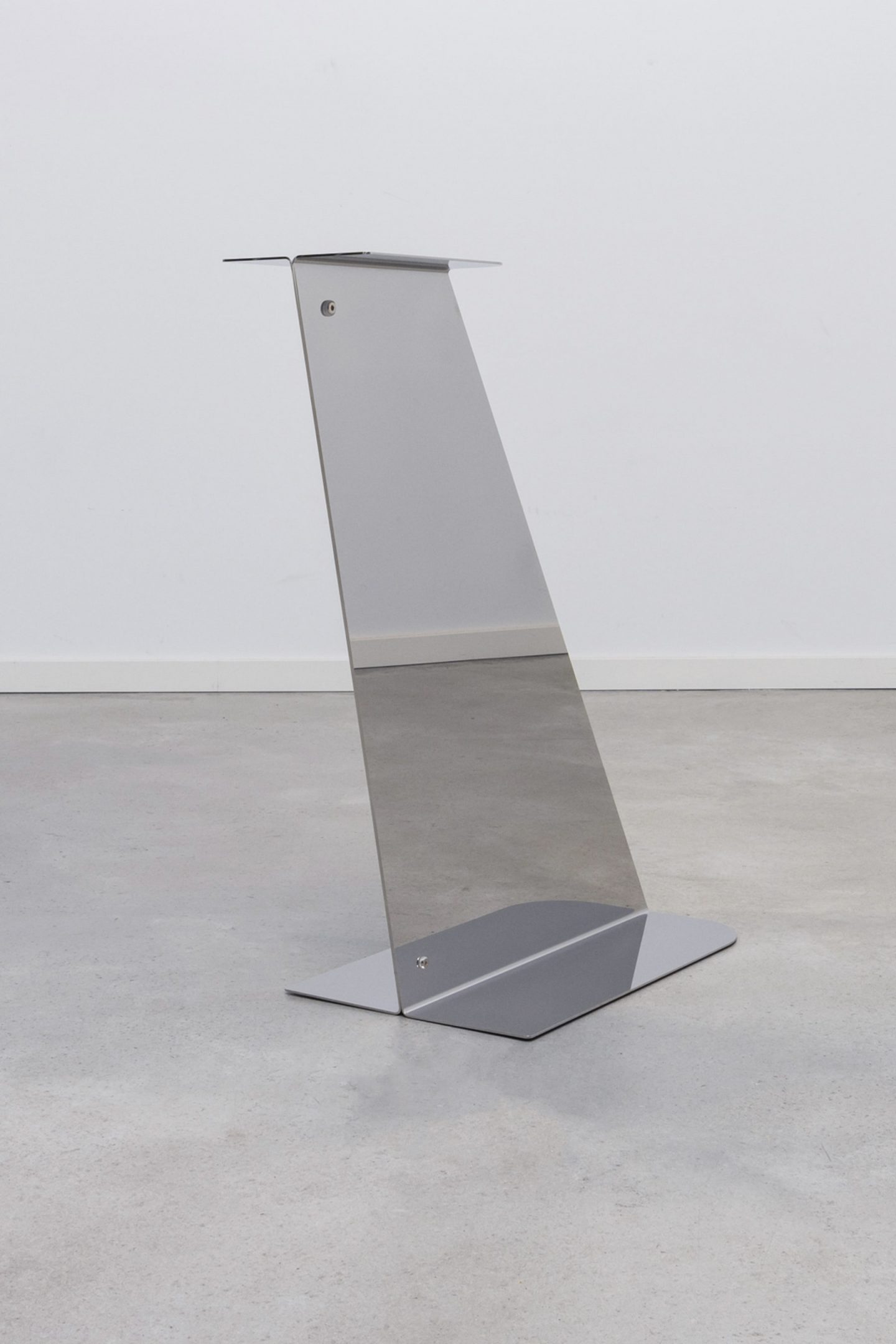
A design creation can respond, provoke, or be a mirror image of the world around us. What are you trying to convey with the ‘Vertical Stabilizer 01’?
Every aerodynamic vehicle has an integrated vertical stabiliser that is a functional component that keeps the vehicle in balance—it is an extremely important and supportive companion and guide. At the same time, it gives a very clear direction and represents the association of movement in general. On a plane, the raw form assumes a prominent visual space being a clear advertising medium; in the case of airlines, it is also a symbol of origin represented through specific labels. I also associate the object with a feeling of transcending boundaries; having goals to strive for. Flight is something that humans have always wanted to be able to do; we failed many times, and still today we are trying to imitate something we are just not made for. The object becomes a symbol for making something impossible possible—a positive drive. At the same time, the vertical stabiliser is a part of an aircraft that will become extinct in the future. Classical aircraft will most probably merge into the form of a flying wing; therefore, it also contains an element of archiving of our zeitgeist and technical achievements.
The piece is characterized by a unique and original use of stainless steel with a mirror quality. What meaning does the material assume in the artwork?
The material, which is metal, is polished to a high gloss mirror finish in order to achieve the strongest degree of reflection. When placing the object in varying positions in a room it seems to adapt to every new constellation or to become invisible, since the form completes or even augments itself in its own mirroring image. In addition, the object reproduces not only its own environment but it also incorporates the viewer who is occupied with the object. Another apparent layer of the object’s materiality is that it also represents and possibly comments on the idea of extreme perfectionism. The highly professional processing of the material shows what it is capable of—the object has a reflective degree of 98%, a conventional mirror has one of approx. 92%.
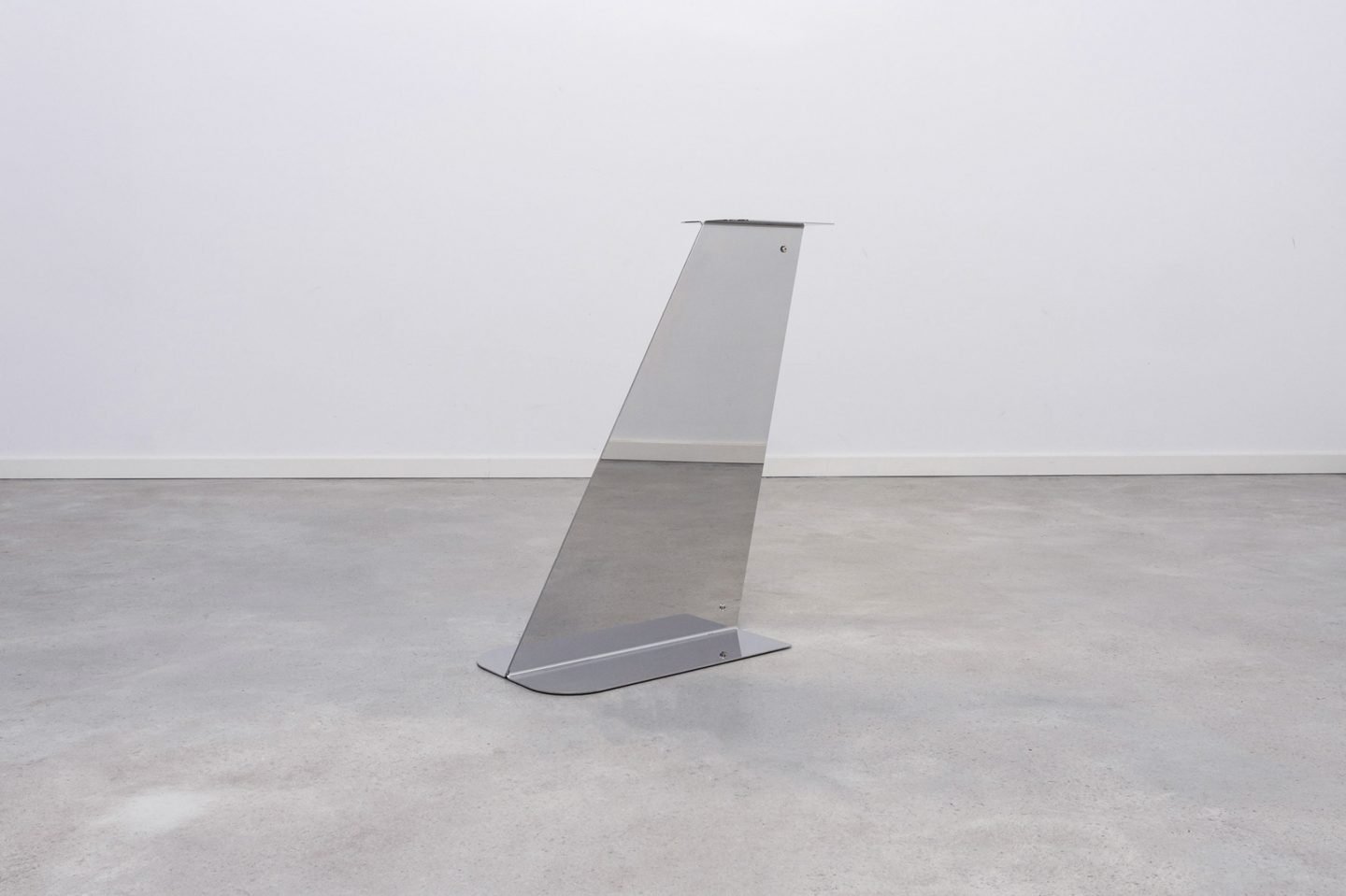
"Art can and actually should also have a specific function"
‘Stabilizer 01’ is striking for its ability to communicate through a design that is not ostentatious but which has strong emotive components. What’s the relationship between design and emotion?
Design is of course always linked to function. But here, deliberately, the technical function is left out—it will never be able to fly, but it can stimulate thought and create movement. Yet to me, it still has a function, which is the object’s purely emotional function. The object should be placed much more in the area of a sculpture as artwork rather than a design object. But nevertheless, in my opinion, art can and actually should also have a specific function. This might be, as I have intended here, a purely emotional one.
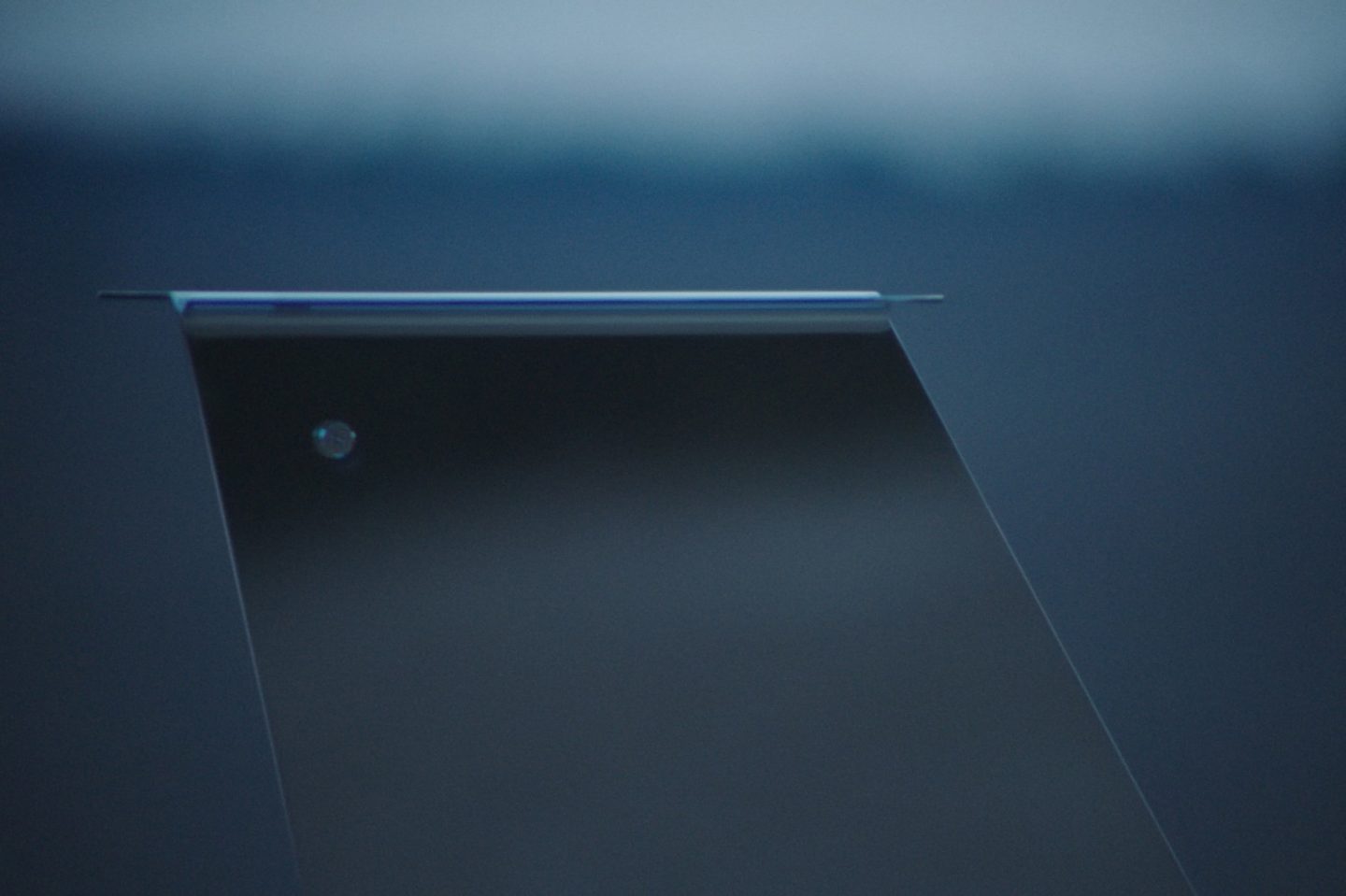
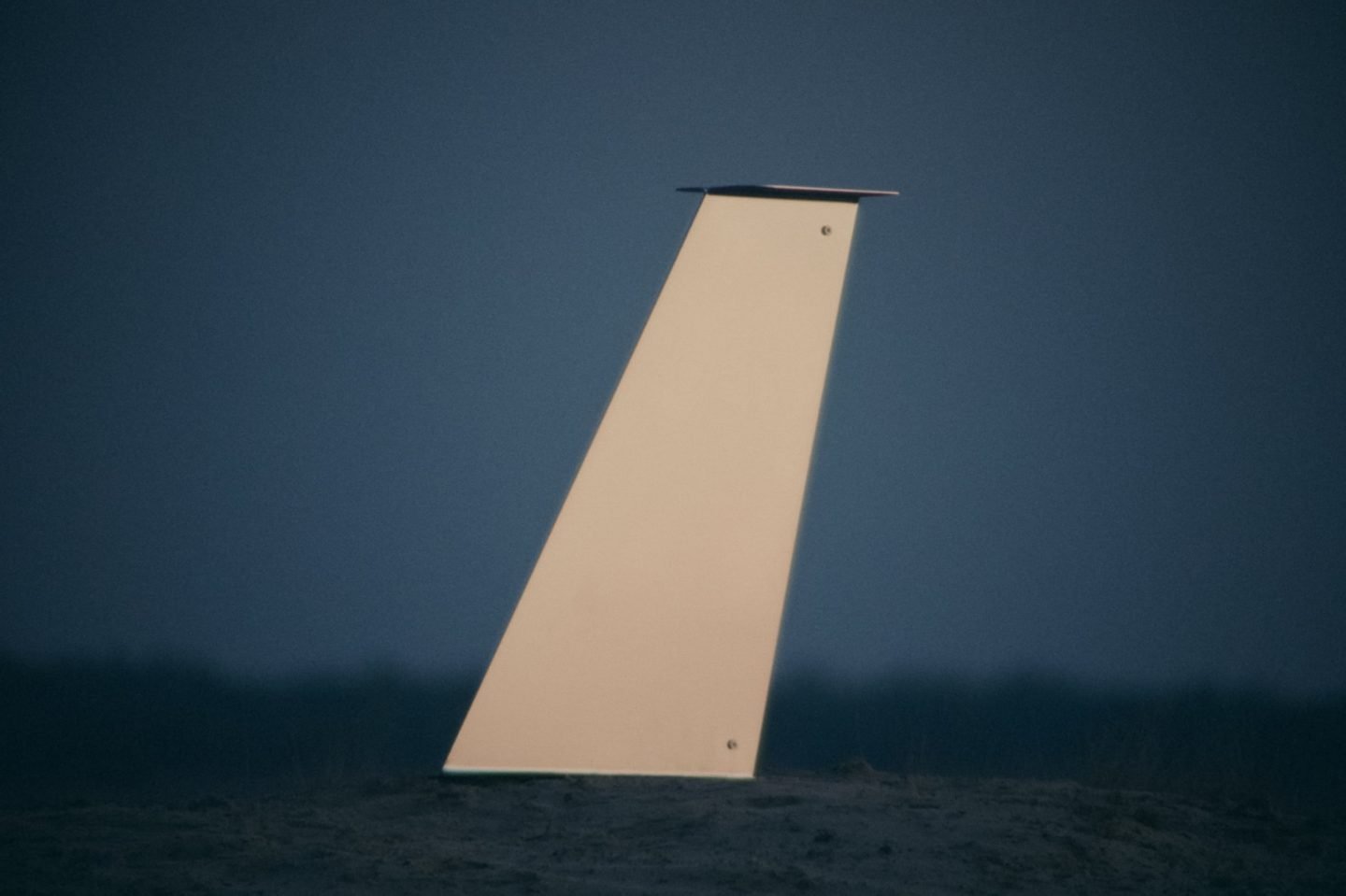
The artwork will be displayed at König Galerie, Berlin. How does your design affect the gallery space?
Vertical stabilizer VS01 is part of the Misa.Art market launched by König Galerie this year, and it will be shown alongside works of other artists. To me, it is important that the object is shown to the public, especially in this day and age, in which we should start thinking about the most common things and understand that these cannot be taken for granted. Particularly, in times of a pandemic, the object contains a highly emotional message. It is a symbol for relationships, distances, the desire to travel and explore, but also setting goals. The object works best in its pure appearance; in the open space. I hope viewers will be stimulated to reflect and, through the material quality, engage with the object and themselves for a longer time. The actual symbolism of [König Galerie’s setting] St. Agnes Church or churches in the broadest sense can be connected with the artwork’s emotional meaning: it is freedom that humans strive for, the same thing we want to achieve when we take the path for refuge in a place of worship.
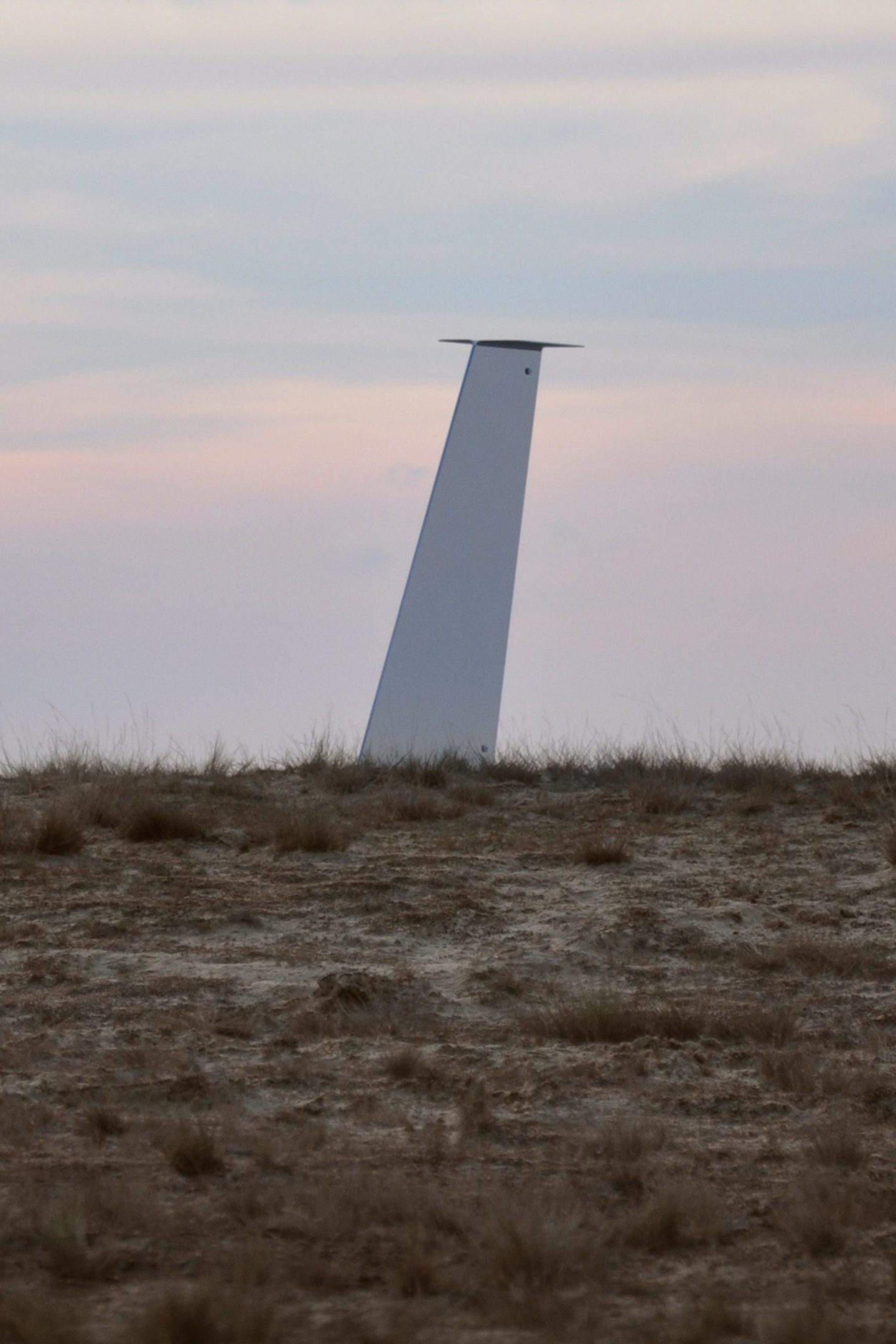
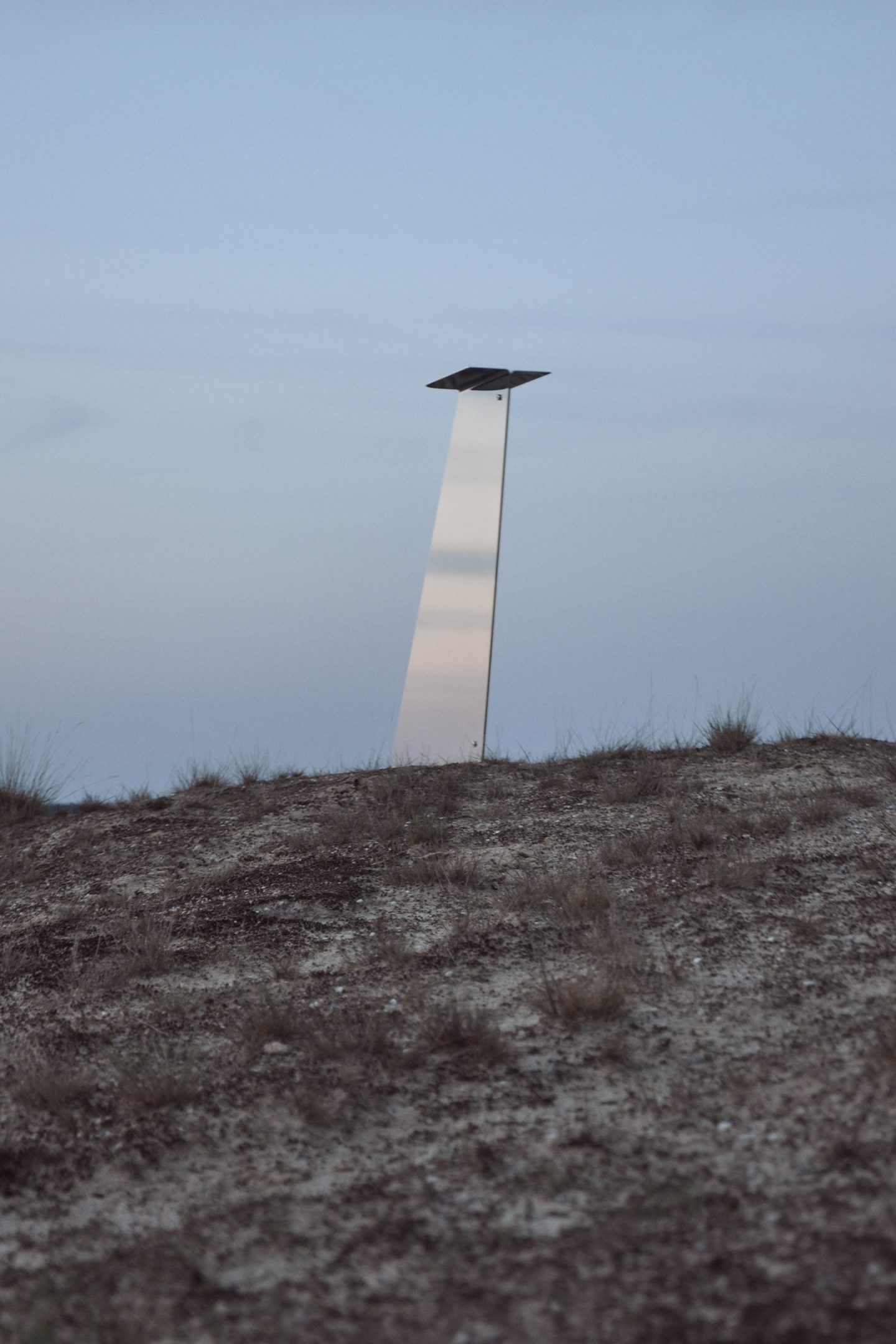
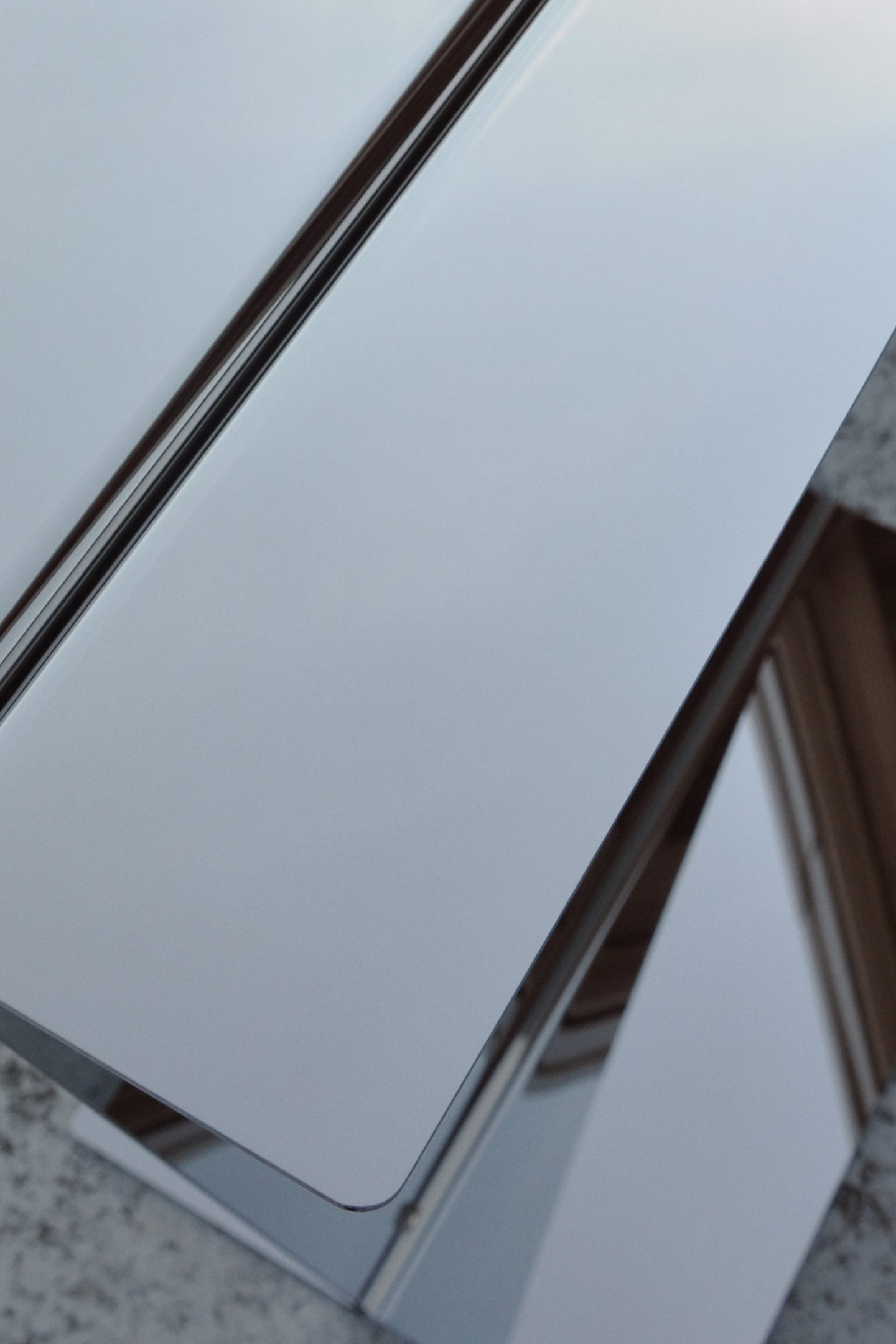
Finally, the artwork is both a reminder of our current paralyzed global travel traffic and of our innate desire to fly and expand our horizons. What are your hopes for a post-pandemic future?
Through its archetypal appearance, I want to allude to being satisfied with the minimal. Especially in our consumer-driven society, we should be reminded of the satisfaction simple things can easily provide. I think the pandemic has shown us to appreciate some things more and to free ourselves from our comfort zones. A large part of humanity has had to sacrifice, but it can also be a stimulus to change things; a chance to change entrenched structures. Misery can also be a positive gift; it can lead us to change processes that were wrong before. In general, I wish to see less conflicts and more equality. Finally, my ultimate goal is to place the object and its symbolism in public spaces, accessible to everyone.
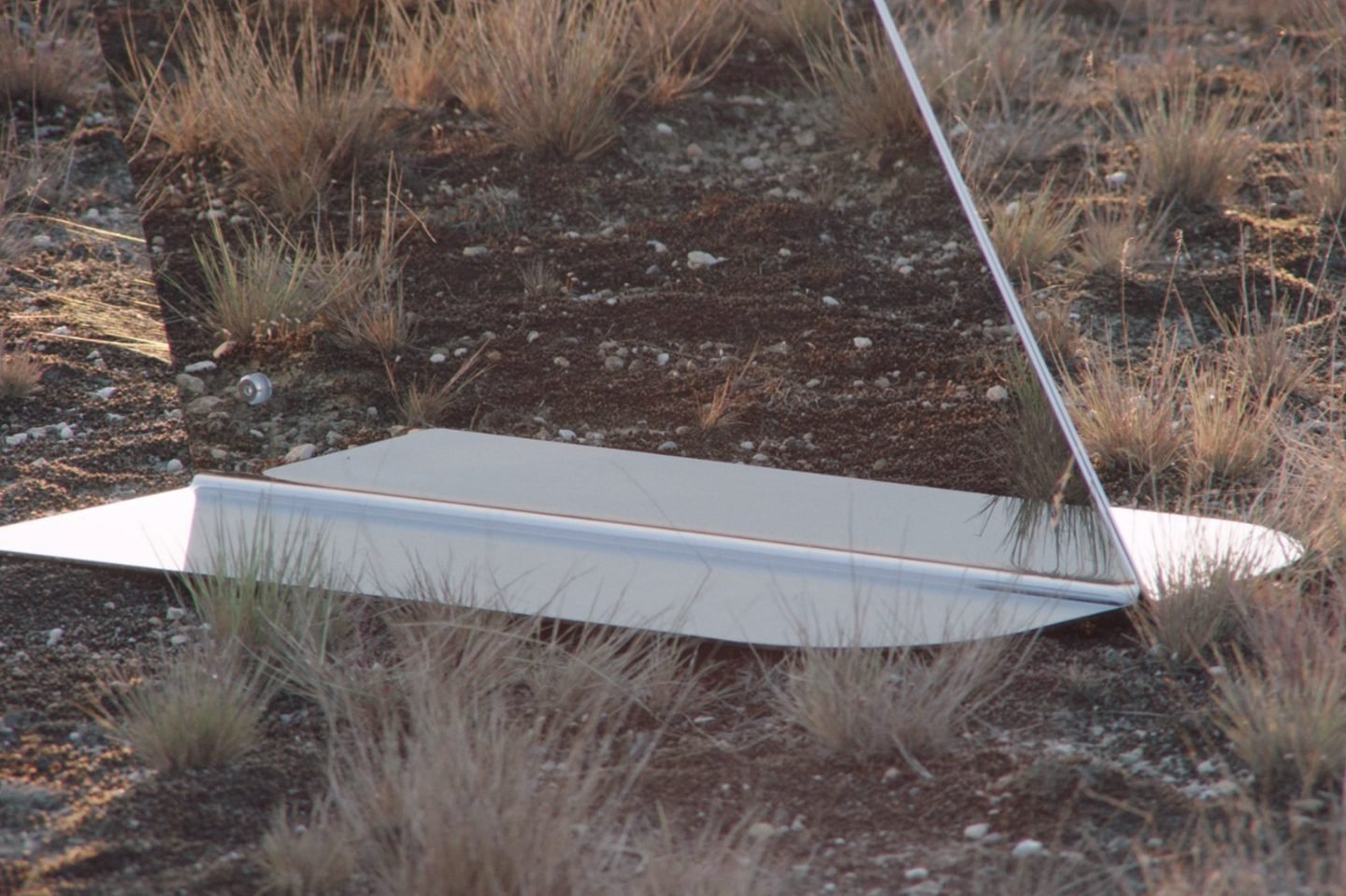
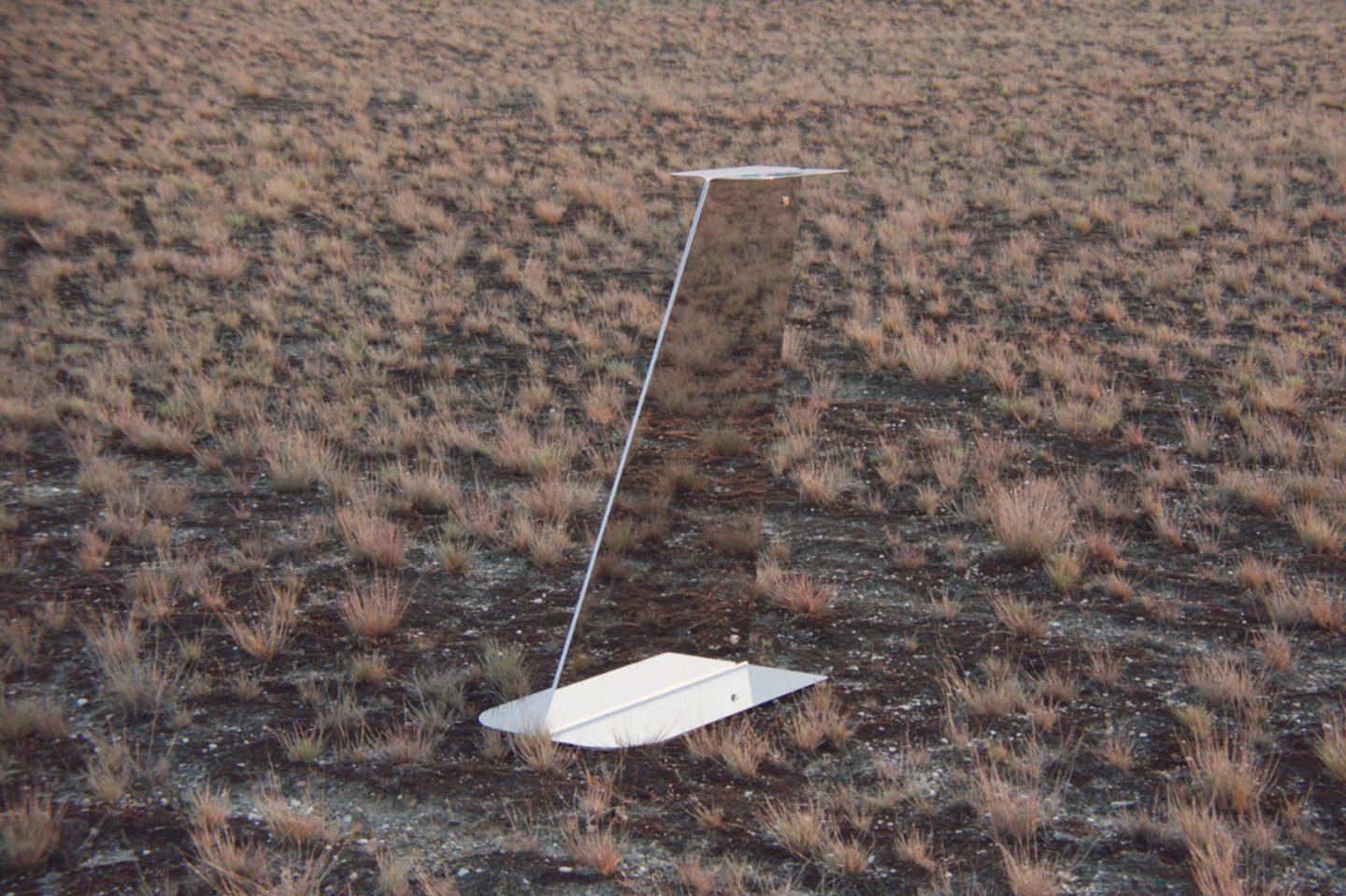
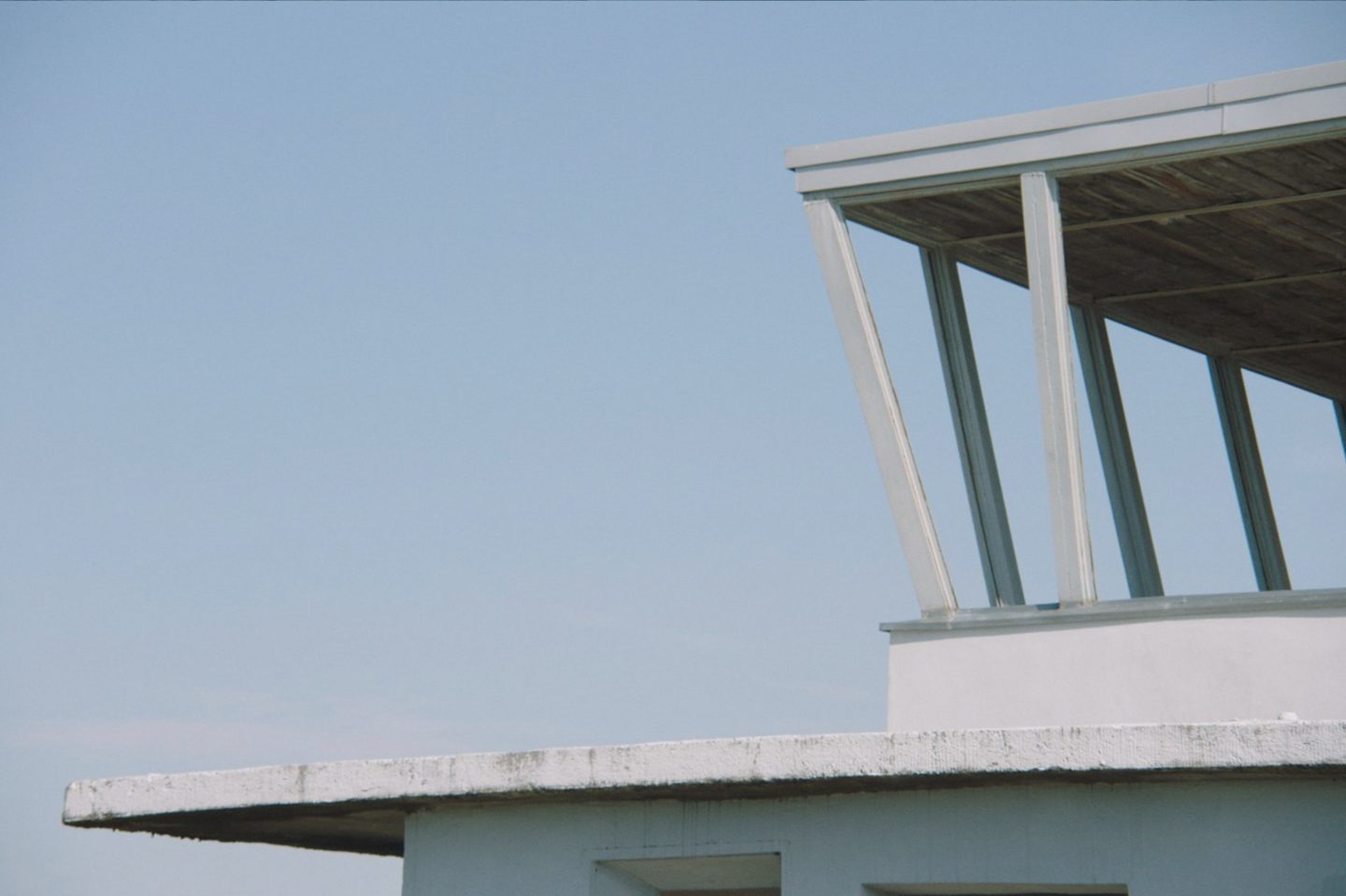
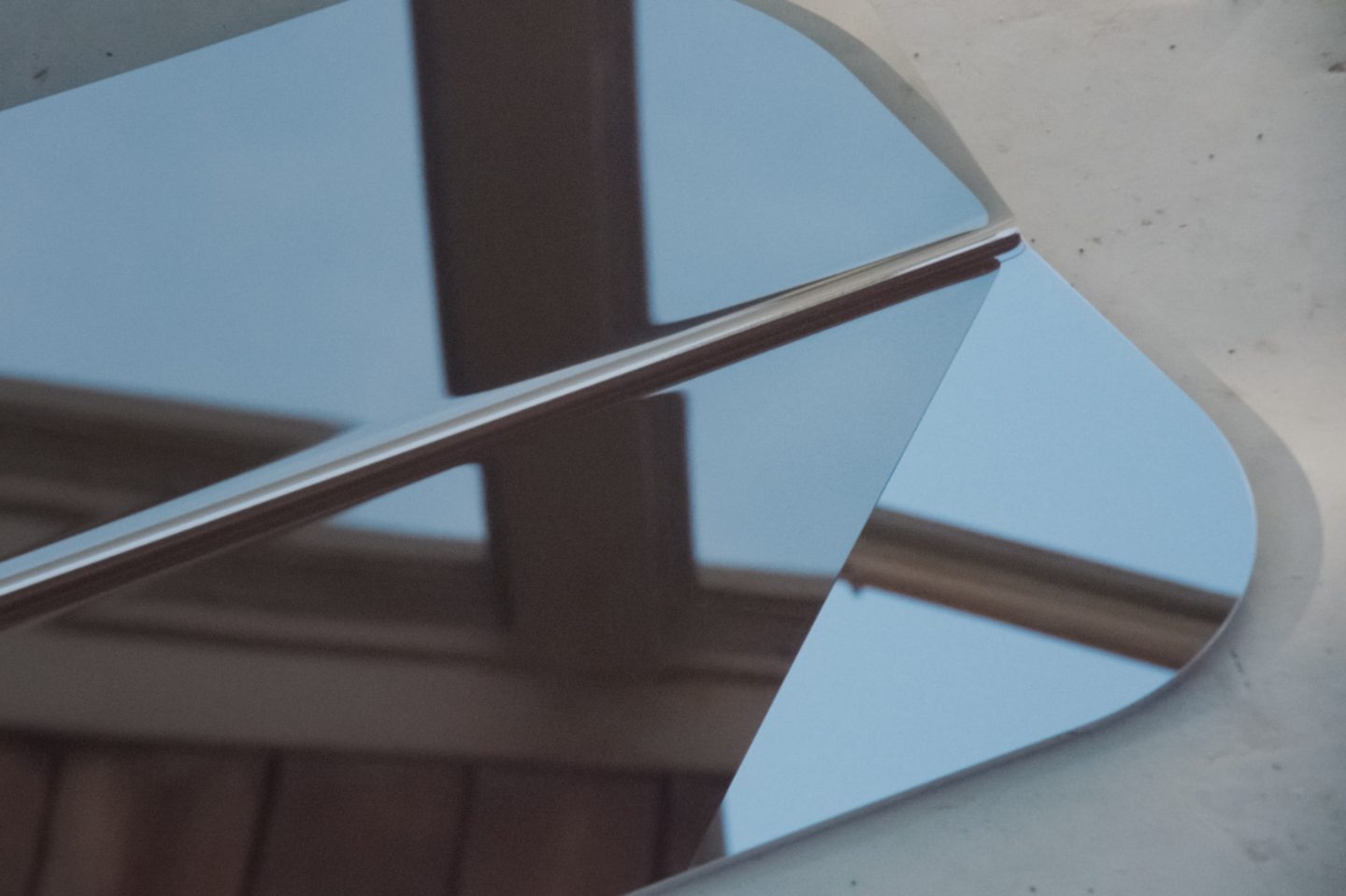
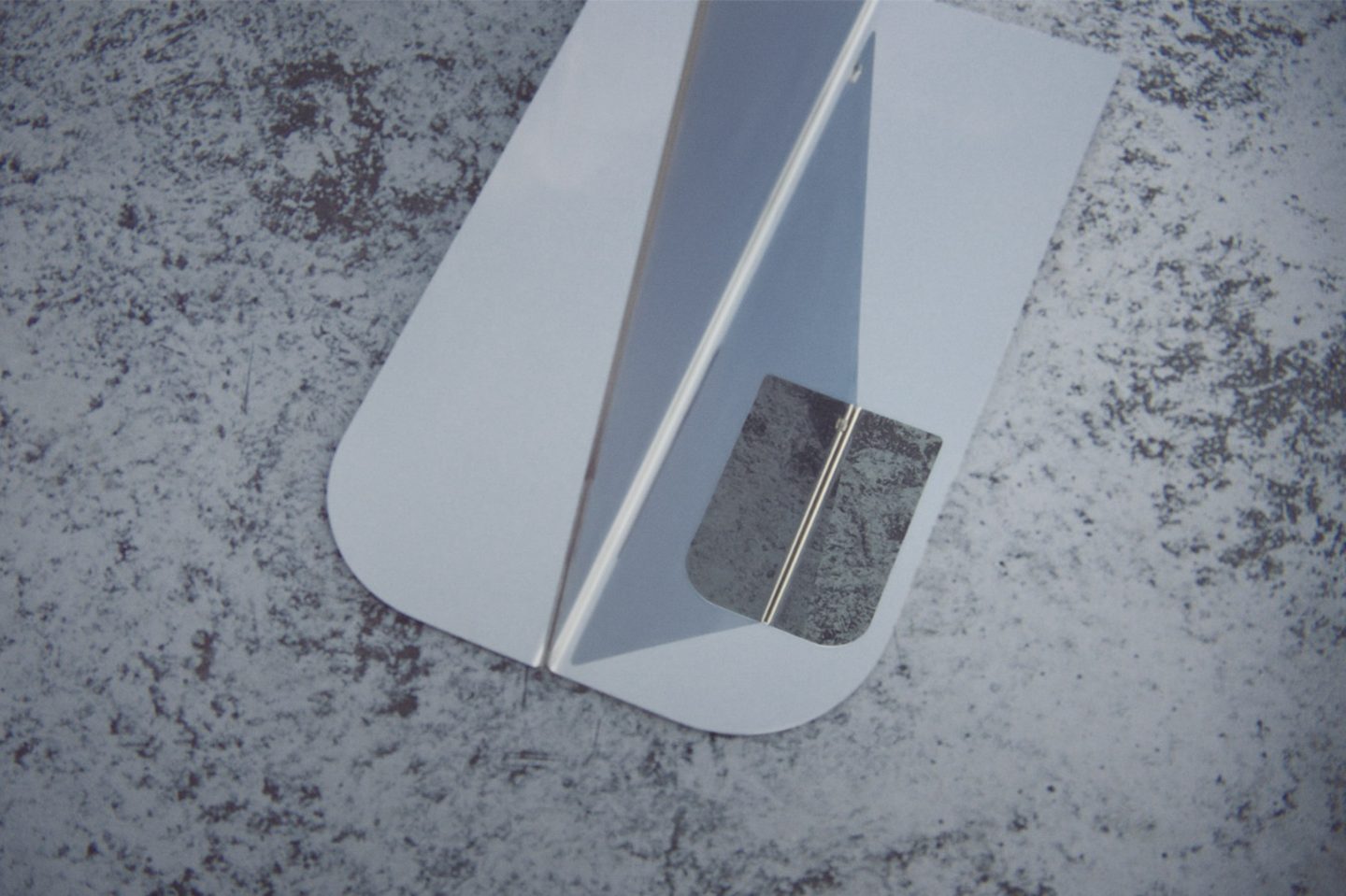
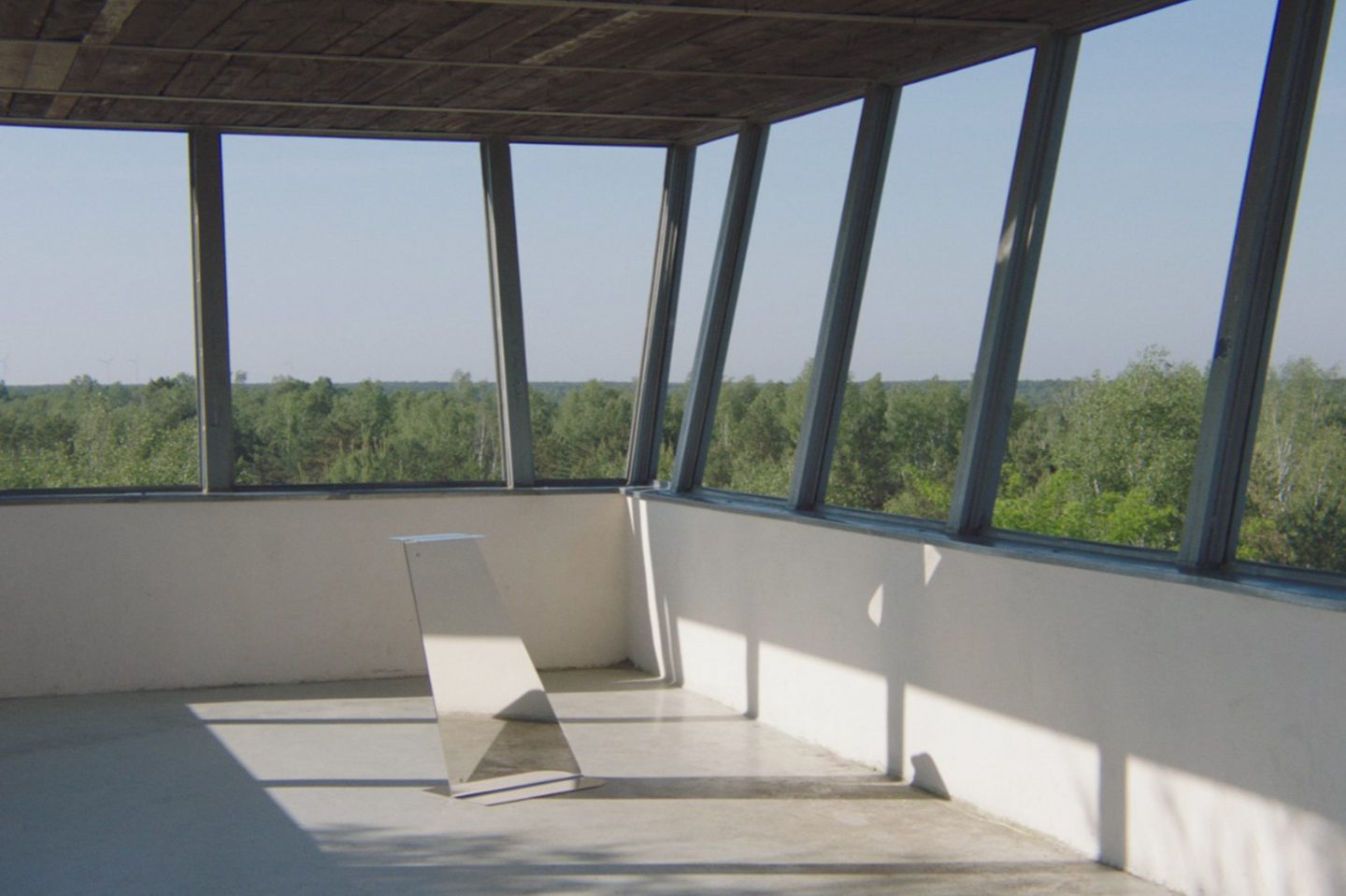
Object + Direction: c/o Sascha Huth | Director of Photography: Anton Beliaev | Photos: Phillip Koll, Acte TM | Post Production: RGBerlin | Video editor: Anselm Koneffke | Text + Voice: Reiner Allgeier | Sound: Alessandro Marinelli | Color Grading: Delfina Mayer
